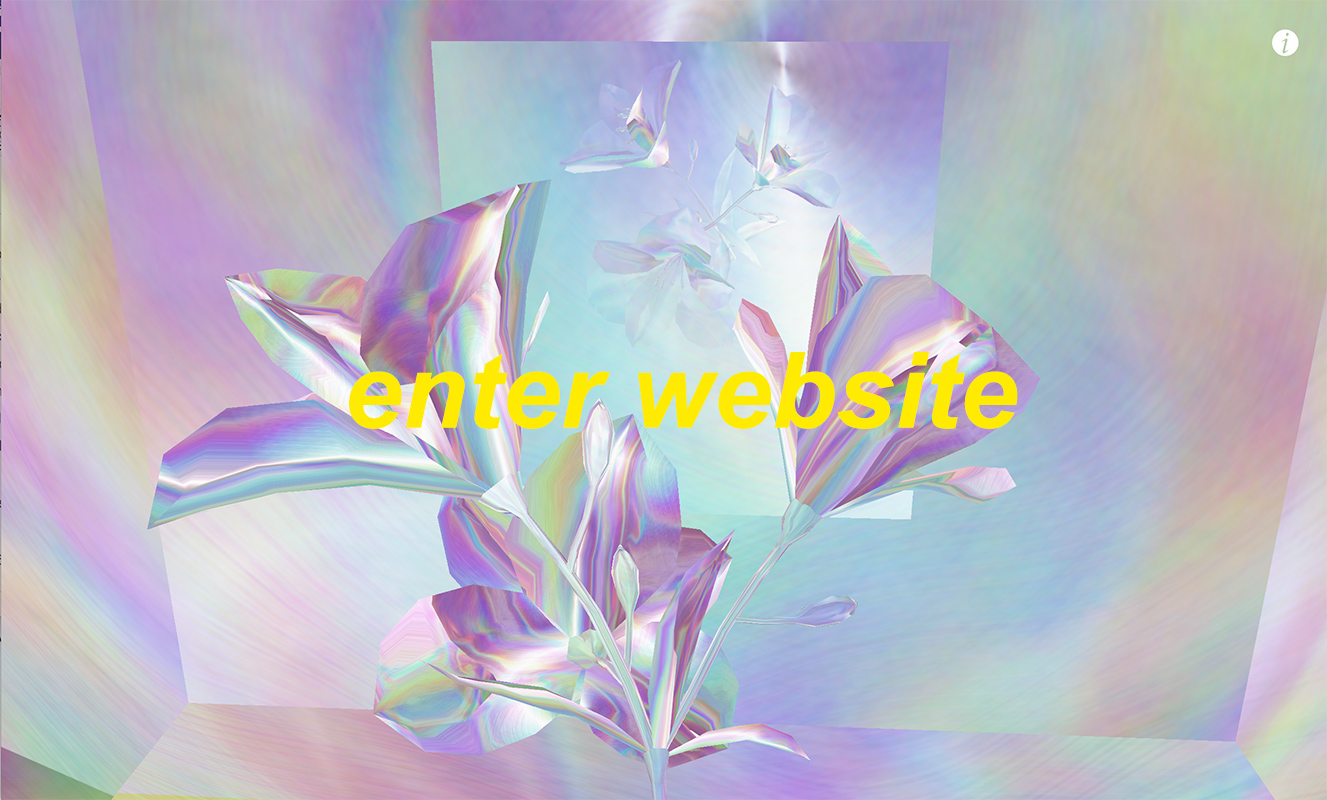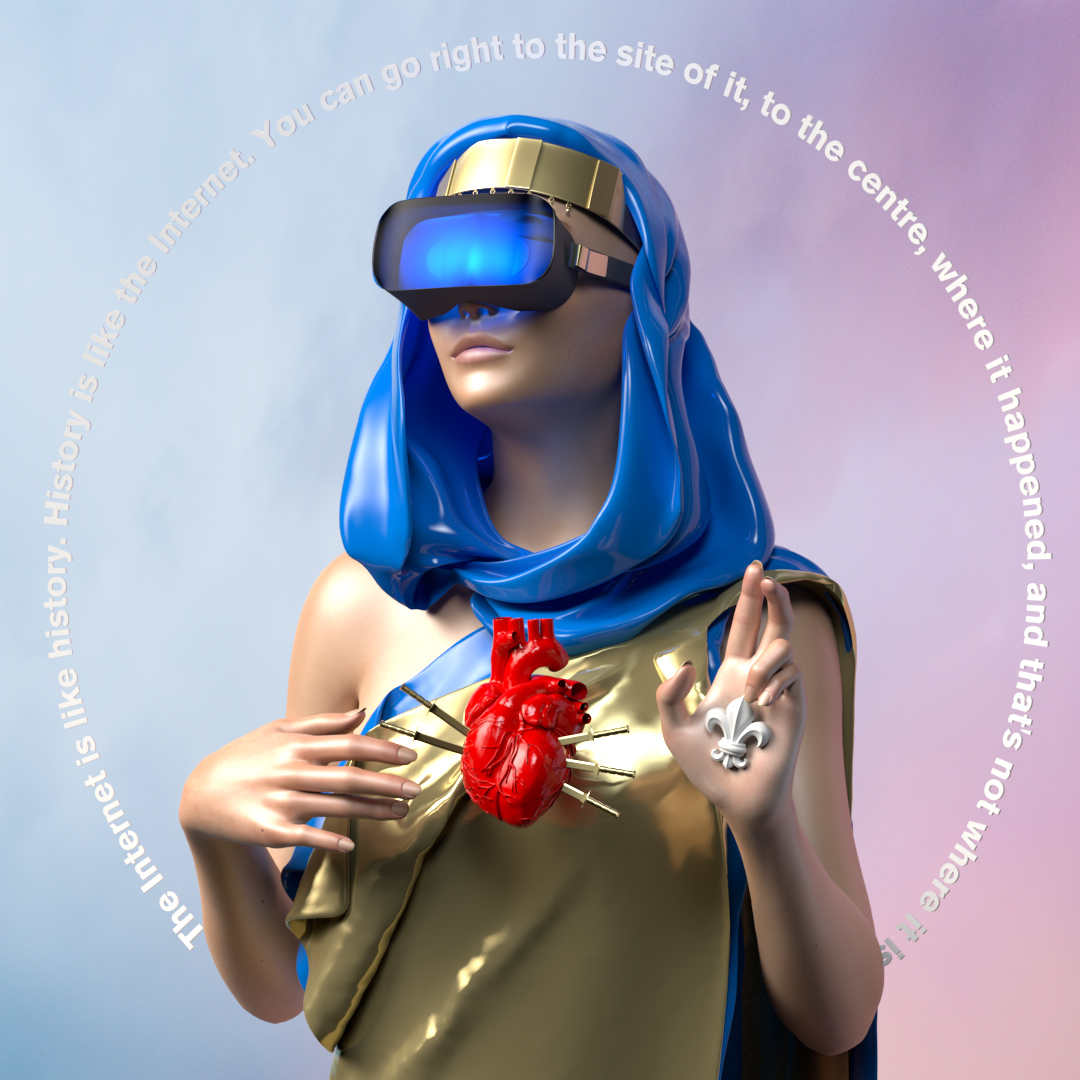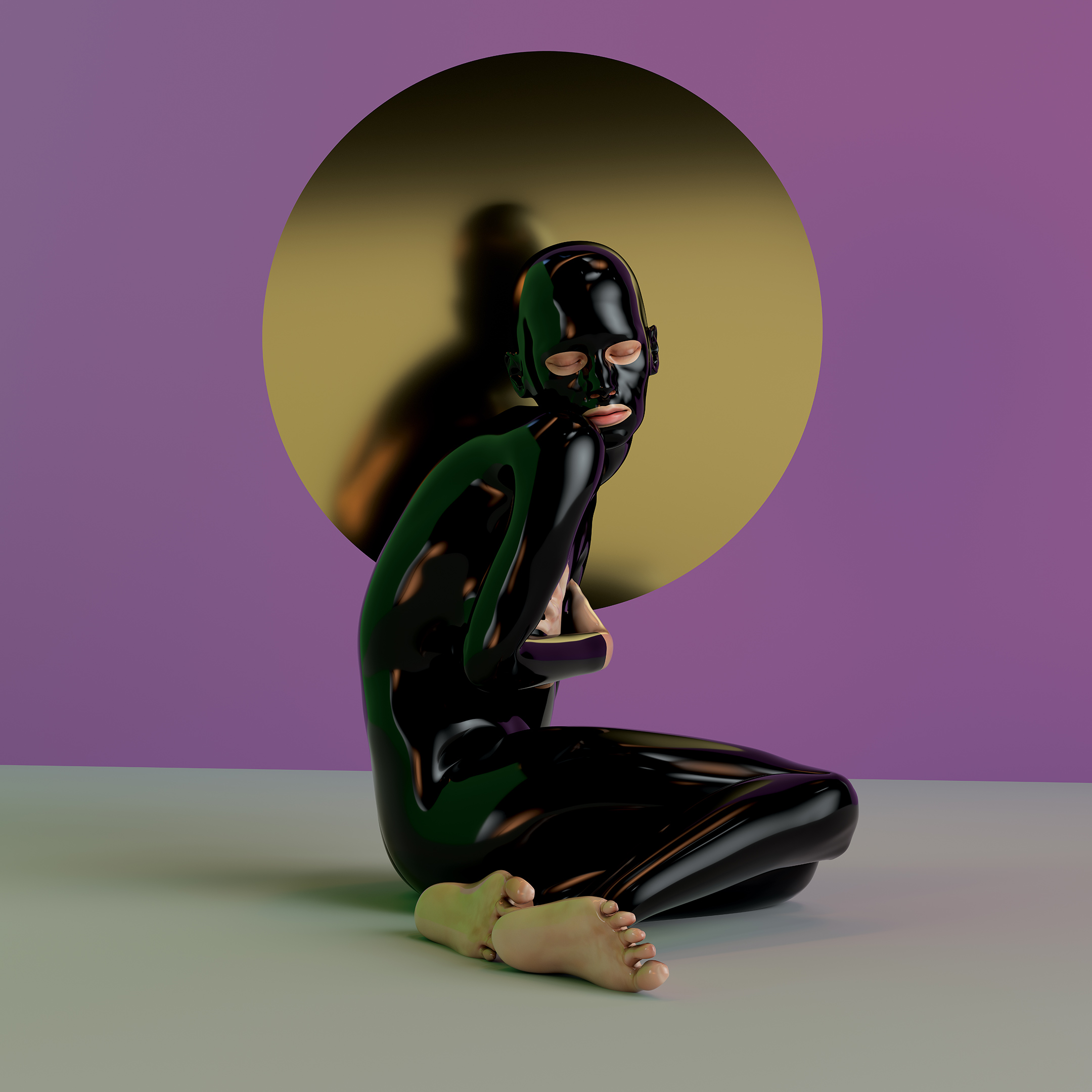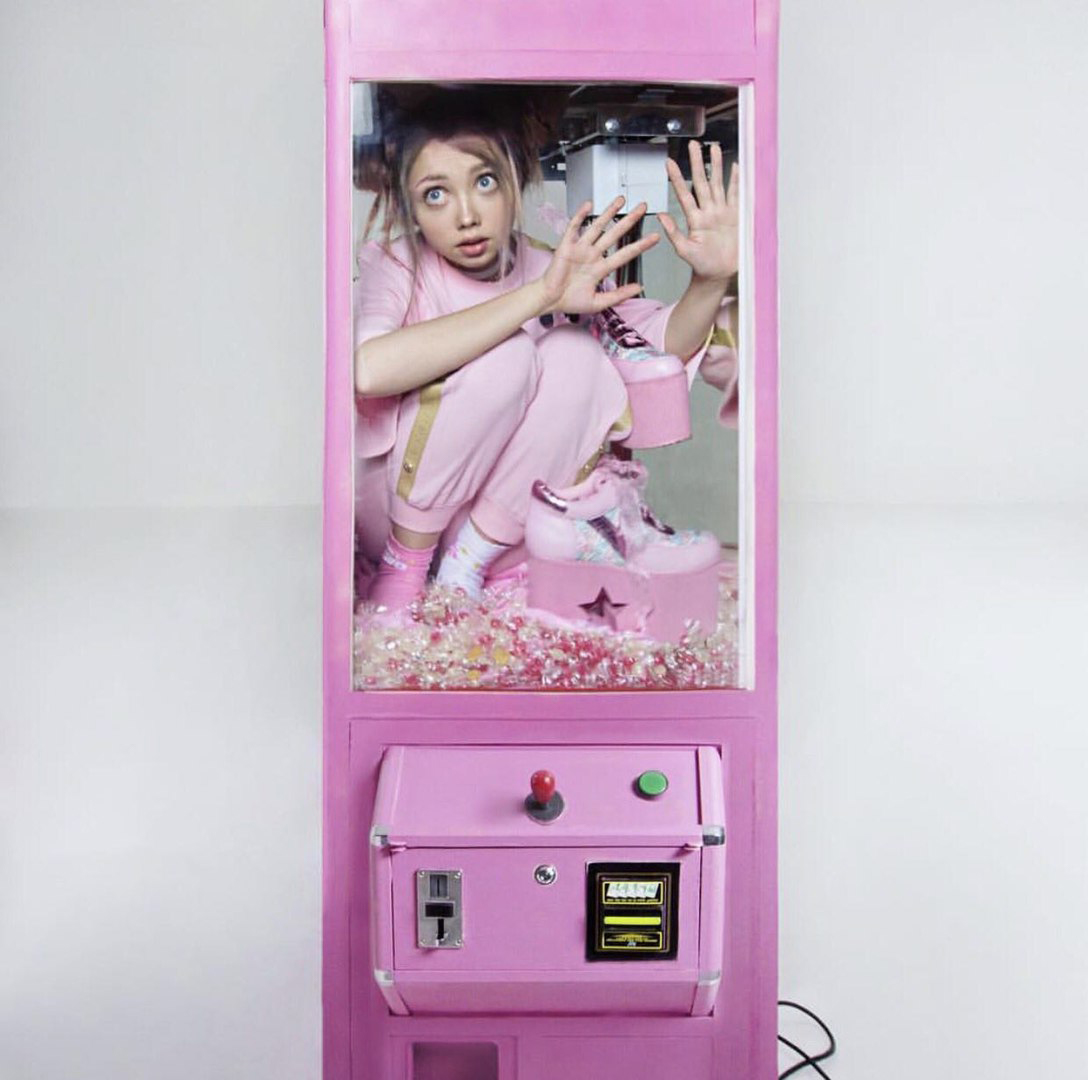The origins of the word hype are unclear. Most sources agree that the term emerged from american slang in the mid 1920s as a synonym for “shortchange swindle or con game” (by 1925); other meanings include “a sudden steep but usually impermanent rise in retail price” (by 1926), a “misleading or exaggerated story” (by 1938), and “overblown publicity or advertising” (by 1958).
It might be interesting to note that in the very same years when the term hype was firstly debuting in dictionaries, the world was on the eve of the most dramatic financial crisis of the modern era, and artistic avant-gardes were setting new standards in every field of human creativity. (READ MORE)
The synchronicity between early financialisation, innovative artistic currents and the spreading of the word hype could be considered just a mere coincidence or a trivial footnote, hadn’t their relationship grown closer over time, to the point that, these days, it seems impossible to ignore.
If we were to search for a turning point, a single moment when the abovementioned relationship became clearly visible, we’d probably find it in the grimy streets of 1980’s New York: as that was the time when a generation of artists and bohemians who had come to age under the aegis of mature consumerism, budding post-modernism and Andy Warhol, openly engaged in a conflictual, yet proficuous relationship with Wall Street’s resurgent financial capital.
With hindsight, it’s hard to deny that those years were a laboratory and a model for futures to come, as that was also the moment when urban restructuring processes fed by those very same realities - financial and artistic capital, joined in the dance of hype - started to ravage the physical fabric of metropolitan bohemia.
Today, in the eyes of the inhabitants of overhyped neighborhoods engulfed by gentrification processes around the globe, urban creatives are hardly distinguishable from the loathed yuppies of yesteryear. As such, they often attract the same aggressive hostility their predecessors used to elicit, and the Downtown yuppie of the 1980s seamlessly morphed into the Williamsburg hipster of the 2000s.
When considering the widely different purchasing power of the two groups, this seems ironic, to say the least. Particularly if artists are counted amongst the heterogeneous group of the urban creatives, several questions come up about the role of so called “gentrification pioneers”, and their prolonged incapacity to, if not control or oppose, at least emancipate themselves or critically reflect these processes.
It should be said that the past decades, and the past few years in particular, have seen encouraging signs regarding an increased awareness around the aforementioned issues, also and particularly amongst members of the so called creative class.
Yet, the evil spell of gentrification seems just as hard to cast off for artists and their peers as the entanglement between artistic production and financialisation: just as a that succeeds in defending its unique spirit and character only seems to increases the appetite of potential investors, the more an artistic current tries to slip away from the mortal embrace of capital, the more its potential exchange value appears to rise.
In recent times, capitalism’s voracity for the “next big thing” has become nearly insatiable. The media’s search for the new “place to be” never ends, markets keep crowning new champions on an almost daily basis, and talent and reality shows are ceaselessly engaged in a manic hunt for the next top-model, pop-star or internet sensation. Artistic currents get labeled and sold before they even get a chance to become self-aware: like the hipster, vaporwave, digital-art and post-internet have all been proclaimed “dead” in the very same moment the world acknowledged their existence by naming them.
By feeding on aesthetic recognizability and largely avoiding to confront the aforementioned contradictions, considerable parts of contemporary internet subculture seem to validate their most ferocious critics. However, as more nuanced positions have rightly pointed out, simple labels won’t help us understand the complexity of the situation.
This seems even more true as we start to understand that digitalization and social media are cause and consequence of a wider realignment of powers across every sector of society, the arts included. And while there can be few doubts about the responsibility of the art world’s traditional gatekeepers in allowing capital to subsume every aspect of artistic production, from the artist’s dwelling and workplace to the fate of his work as a financial asset, there should be just as much attention when evaluating the impact of the rise of the digital world’s new corporate overlords.
As many former silicon valley employees and executives candidly acknowledged, platforms like Facebook and Instagram are build around well known weaknesses hard-wired into our brains. Just as a hacker would exploit a flaw in a digital system to attain his goals, our minds’ desire for social stimulation has been recognized, appropriated and incorporated into the most powerful weapon of mass social engineering the world has ever seen - social media.
“Hype” is not anymore a mere byproduct of consumer capitalism: in the age of digital platform economy, it has become the essence of the system itself. Beyond the art system, show-business and Wall Street, the whole Silicon Valley nowadays appears like a giant hype-bubble, as do all current manifestations of politics and public discourse.
After the hype is before the hype. But what happens when the hype fades away, leaving us only with reality to confront? As a matter of fact, we are barely starting to understand how all these processes stem from the recognition of one simple truth: human attention is a finite resource. We all have only limited amounts of time, and equally limited cognitive capacities; and before us, endless universes of content, all screaming and competing for our attention.
Those who know how to grab the limited amounts of attention we have, hold the key to true power.

fL♡ա㉹r ɱĨᖆᖆōᖆ
Violet Forest
fL♡ա㉹r ɱĨᖆᖆōᖆ attempts to recreate with the graphics card the pastel iridescent effect that is currently trendy in textiles, printing, and femme consumerism. The flower staring at itself in the mirror is a metaphor of selfie culture. The obsession with staring at one's beauty in the mirror parallels the obsession with staring at iridescent objects. You can zoom in, zoom out, and move the flower to get lost in the light hitting the fresnel shader at different angles, similar to the way one gets lost staring at the image of oneself in a phone's front-facing camera. The mobile version of the website allows you to use your device's orientation to move the mirror around like a pocket mirror.
Violeta Forest is an artist working solo and collaboratively. Together with with Gabriella Hileman and May Waver she co-founded Cybertwee, a collective that explores the intersections of technology and cuteness. She's also known for her solo project, Vickie, an ongoing photo-essay of her sister that she started in 2011. She freelances as a front-end developer with design studios in Chicago and she makes virtual and augmented reality apps using openFrameworks and Unity. She's currently working with Studio 424 and she's developing a virtual-reality art exhibition with Cybertwee.
violetforest.comLEIB UND SEELE
Felix Rothschild
The persons behind the social media profiles of digital artists often dissolve into something anonymous, real-life meetings are rare. My work is a reflection on the distorted image people get from artists through their digital presence. Despite the love and admiration for their work, most artists are known only as a dissolving and rather anonymous being people project their impression onto using posts, content and the information made available to the public.
Felix Rothschild (31), was born, raised and is currently living in Dresden/Germany. He started with photography when his father gave him his first camera around the age of 5. He works as freelance media designer and digital artist. His artistic practice investigates the uncanny and disorienting influences of digital technologies, as they interrupt traditional perceptions of self, order and place. He works mainly with digital mediums, doing 3D-,photography- and glitch-aesthetic-related works.
felixrothschild.dePERFECT SKIN II
Gregory Chatonsky
Perfect Skin II was influenced by the writings of critic, philosopher and theorist, Boris Groys, on self-design and the production of sincerity. Chatonsky believes that Groys' analysis of our time as the design of existence finds a strong reflection in Kim Kardashian. “She has no talent, she has nothing exceptional, she is none other than our own design, that is to say the way she’s represented to us," he explains. "It is simply an extended skin, everything is on the surface. There is nothing to look behind." In this sense, according to Chatonsky, Kardashian is representative of media in the Internet Age: “it’s like an abstract painting that represents nothing except its pictorial surface.”
Born in 1971 in Paris, France. Lives and works in Paris and Montreal. For Grégory Chatonsky, technologies, and in particular the Internet, constitute an important source of reflection. Representing the paradoxes of the network and the discrepancies between its technological and existential dimensions, his research is deployed on several mediums: installation, video, photography, writing, drawing and sculpture. His works evoke infinite spaces in which the fragmentation of attention reigns. The network becomes a world where the boundaries between technology and the human being become blurred. His practice tries to draw the outlines of a new imaginary whose invention would be technical. Grégory Chatonsky has participated in numerous solo and collective exhibitions in France, Canada and abroad, including Imprimer le monde in 2017, Center Pompidou, Capture: Submersion in 2016, Arts Santa Mònica Barcelona, Walkers: Hollywood afterlives in art In 2015, Museum of the Moving Image of New York, Telofossils in 2013, at the Museum of Contemporary Art in Taipei, Erreur d’impression in 2012, at Jeu de Paume. He founded Incident.net in 1994, one of the first collectives of netart. He has been teaching at the Fresnoy (2004-2005), at the UQAM (2007-2014) and is an artist-researcher at the Ecole Normale Supérieure in Paris.
chatonsky.net Creators (Vice), "Roam a 3d mountain range made from Kim Kardashians face"
FIFTH DIMENSION
Meeduse
The internet is the fifth dimension, the third of the worlds in the third age.
Fifth dimension
The internet is the fifth dimension, the one of memory.
The fifth dimension is the place, the space and the energy based on the awareness of one shared consciousness.
In the fifth dimension time collapses.
Time is instantaneous, past and present exist at the same time, in the same space.
“The Internet is like history. History is like the Internet. You can go right to the site of it, to the centre, where it happened, and that’s not where it is.”
— James Bridle
Man is his memory, the human species owes its memory its evolution and the consequent teachings.
We delegate our memories to technology that preserves them in the same shared spaces with the ones of lots of other humans.
The third of the worlds
World nr. 1 is material, the universe, the tangible reality.
World nr. 2 is immaterial, the Id, ego and superego that regulate our interactions with reality, both interior and exterior. Most of all the oneiric world.
World nr. 3 is the Internet, still suspended between the material and the immaterial.
Third age
Also known as Digital Age or Information Age, the third in the western world after Gutenberg’s movable type and the
electromagnetism. A change so radical, so profound that it separates itself completely from the previous era.
Symbolisms
This artwork was inspired by the classical iconoclasm of Virgin Mary which is often represented in this pose.
There are lots of symbolisms such as the colors of the tunic and the heraldic symbol of the lily on her left hand,
which represents St. Clare of Assisi, protector of telecommunications.
She never became aware of this title since she lived in 1200 a.C., in fact she was entitled such in 1958.
The heart with 5 swords represents the 5 dimensions.
The 3 fingers raised in her left hand are a recurring gesture in the sacred representations of any epoch,
here they are representing the 3 ages and the 3 worlds.
“Memory is the treasury and guardian of all things.” – M. T. Cicero
Marica Martella (06.081992), AKA MEEDUSE, is an IT-alien digital visual artist and graphic designer. She graduated in New Technologies of Fine Arts at the G. Carrara Academy of Fine Arts. Her work is deeply influenced by cyberspace’s contamination of contemporary culture, the contrasts between material objects and the immateriality of the web, between the art crowd and casual audience.
meeduse.com
KEEP ON
Paulin Rogues
This picture is about acceptance of oneself. It doesn’t matter who we are, what we like, how we feel about the world: never be ashamed of who you are. Don’t be shy of your lightness and your beauty. It is part of a series of new goddess representations, the virtual propagations of religious icons for a new era.
Paulin Rogues AKA El Popo Sangre is a Paris-based artist who creates 3D narrative universes. After starting from drawing and writing comics, Paulin wanted to explore new perspectives with his work, and began to use 3D software as an artistic medium and visual way to reach minds, developing his vision through illustration, narrative movies and music clips. El Popo Sangre is recognized as an independent CGI filmmaker, and his works have been screened at Ars Electronica Festival, Museum of Modern Art of Portland and Superchief Gallery New-York.
@elpoposangre

ROKO-DO YOU KNOW ME?
Ruby Gloom
Everybody has different faces: I do, you do, everyone does.
Stepping out from your home, which I call your comfort zone, you put on the face you
want to show to people, while inside you, in your heart, you know that face is not the real you.
When you put on the face you show to people, that is the "you" you want people to perceive.
People around you who think they know you: do they really do?
You think you know yourself enough, but do you really do?
You project an identity in real life and on the internet, but that's just your skin.
What are you? Who are you?
ROKO is you, ROKO is a character I created to represent a person.
The bright side of ROKO is an example of humans sugar-coated in themselves, showing how they want other people to see them, while the dark side of ROKO shows the darkness inside one's heart.
Born and raised in Hong Kong, Ruby popped up from the Internet in 2012 because of her outrageous fashion style. In 2016, Ruby started to work on digital art and her artwork has been featured frequently on FELT Zine. Her work is also featured on VICE Creator’s Project. In March 2017, her work has been exhibited in California, USA at B4bel4b Gallery. Her 3D artworks was also featured on VICE China in April. In August, Ruby created an art workshop exhibiting her collaborative work “The Game Of Fame” at James Black Gallery in Vancouver, Canada. Shopping mall K11 also invited her as a guest speaker in Kulture Salon 11 talk.
Creators (Vice), "The neon art of Ruby Gloom is a 3d cyber feminist paradise" Vice, "Wonderful girls Ruby Gloom"
🍥🍥🍥
Sheidlina
Shedlina (full name: “Sheidlina” Lyalina Elena Viktorovna) was born on 30 June 1994 in Saratov. After finishing 9th grade she enrolled at Saratov's College of Book Industry and Information Technology. During this period, she registered on Vkontakte, the Russian equivalent of Facebook, where her popularity grew rapidly because of her uncommon appearance and peculiar photographs. After moving to Saint-Petersburg to live with her future husband Eugeny, she started a video blog on YouTube as well as an Instagram blog. In 2017, she opened her first interactive solo-exhibition entitled «Sheidlina's Universe».
@sheidlina